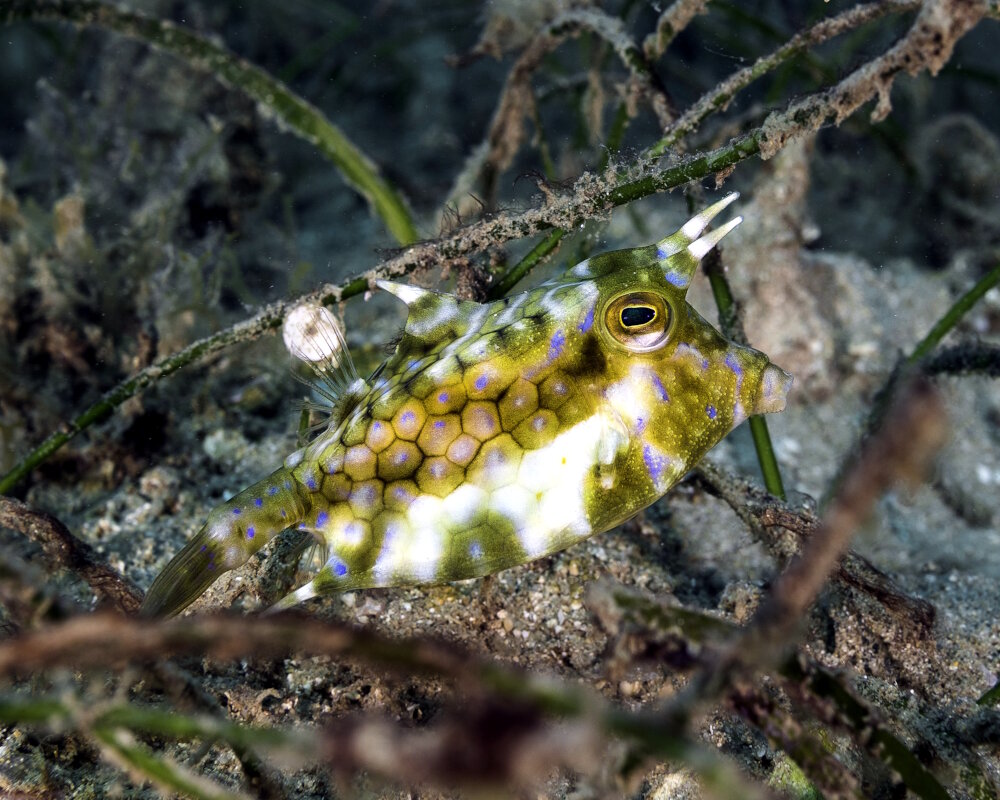Sealife guideThe thornback cowfishLactoria fornasini
Last updated on 09/18/2024 at 10:37 PM
Taxonomy
Description
The thornback cowfish has a box-shaped body that resembles a chest. It is distinguished by its long spines located on its head above its eyes, as well as on the dorsal and posterior parts of its body.
The thornback cowfish displays a yellowish to greenish coloration with irregular patterns of bluish or brown spots and lines across its body.
Geographic range
The thornback cowfish is found throughout the tropical Indo-Pacific, especially in the Bali sea, from east Africa to the Bass islands.
Habitat
The thornback cowfish lives in coral reefs and seagrass beds, where it easily hides thanks to its patterns
Did you know ?
The thornback cowfish is a poisonous species of boxfish. Indeed, when stressed or threatened, it secretes toxins as a means of defense against predators
Unlike other fish, the boxfish’s body is covered with a rigid shell made of bony plates, which protects it like armor from predators but also limits its body movements. As a result, the boxfish moves more slowly by undulating its dorsal and anal fins.
Within the same family
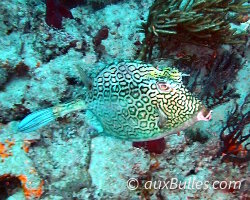
Honeycomb cowfish
(Acanthostracion polygonium)
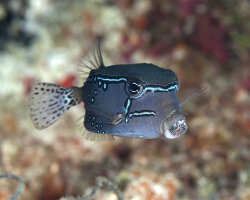
Reticulate boxfish
(Ostracion solorensis)
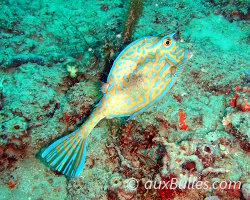
Scrawled cowfish
(Acanthostracion quadricornis)

Smooth trunkfish
(Rhinesomus triqueter)
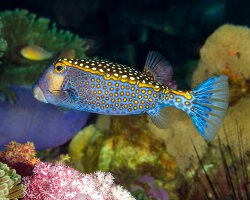
Spotted boxfish
(Ostracion meleagris)
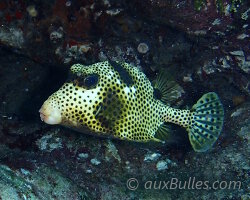
Spotted trunkfish
(Lactophrys bicaudalis)
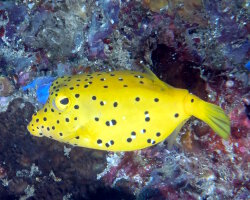
Yellow boxfish
(Ostracion cubicus)
Discover also

Black grouper
(Mycteroperca bonaci)
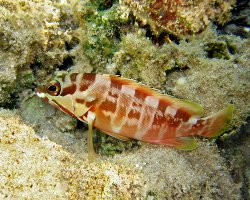
Blacktip grouper
(Epinephelus fasciatus)

Blue tilefish
(Malacanthus latovittatus)
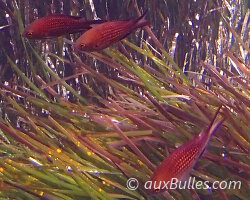
Damselfish
(Chromis chromis)

False leopard wrasse
(Macropharyngodon ornatus)

John dory
(Zeus faber)

Saddle wrasse
(Thalassoma duperrey)

Spiny seahorse
(Hippocampus histrix)
The marine species from Indo-Pacific
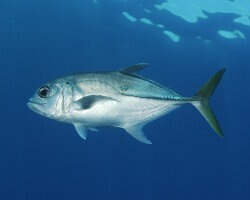
Bigeye trevally
(Caranx sexfasciatus)
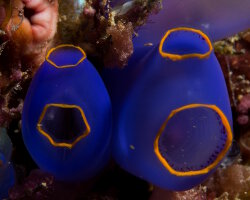
Blue tunicate
(Rhopalaea fusca)
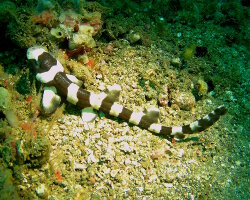
Brownbanded bamboo shark
(Chiloscyllium punctatum)

Copperbanded butterfly
(Chelmon rostratus)
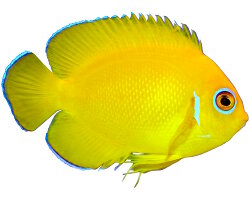
Lemonpeel angelfish
(Centropyge flavissima)

Pearl-scaled angelfish
(Centropyge vrolikii)
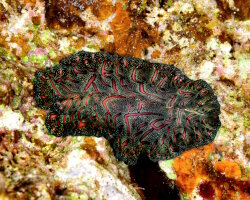
Persian carpet flatworm
(Pseudobiceros bedfordi)
Our latestUpdates

Friday, December 19th 2025
The magic of Christmas decorations
Discover Christmas decorations in Florida: giant trees, illuminated palm trees, magical light displays and tropical settings to experience the holiday magic under the sun.
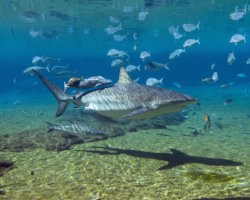
Monday, December 15th 2025
The dusky shark
Discover the dusky shark, one of the world's largest coastal sharks, and learn why this powerful predator is essential to marine ecosystems.

Friday, December 12th 2025
Christmas magic at Disney hotels
Experience the magic of Christmas at Disney hotels: enchanting decorations, giant Christmas trees, dazzling lights and a festive holiday atmosphere.
Photo of the Day
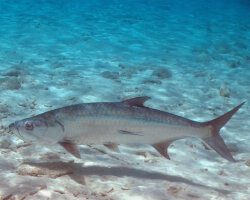
Tarpon de l'Atlantique
(Megalops atlanticus)








